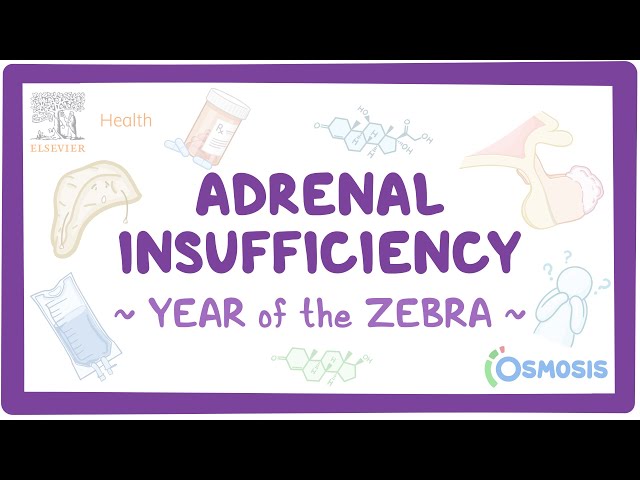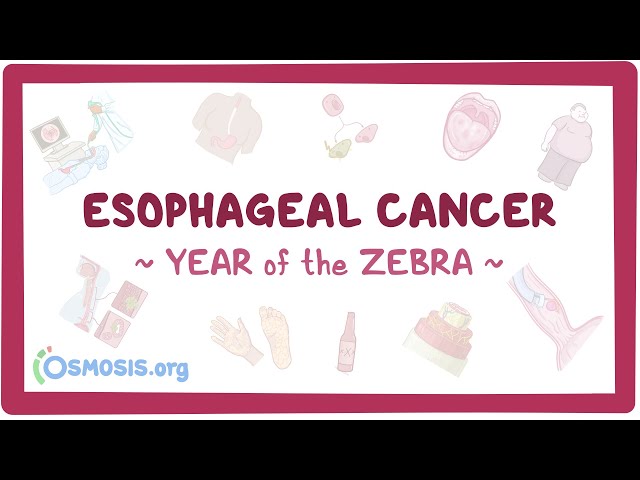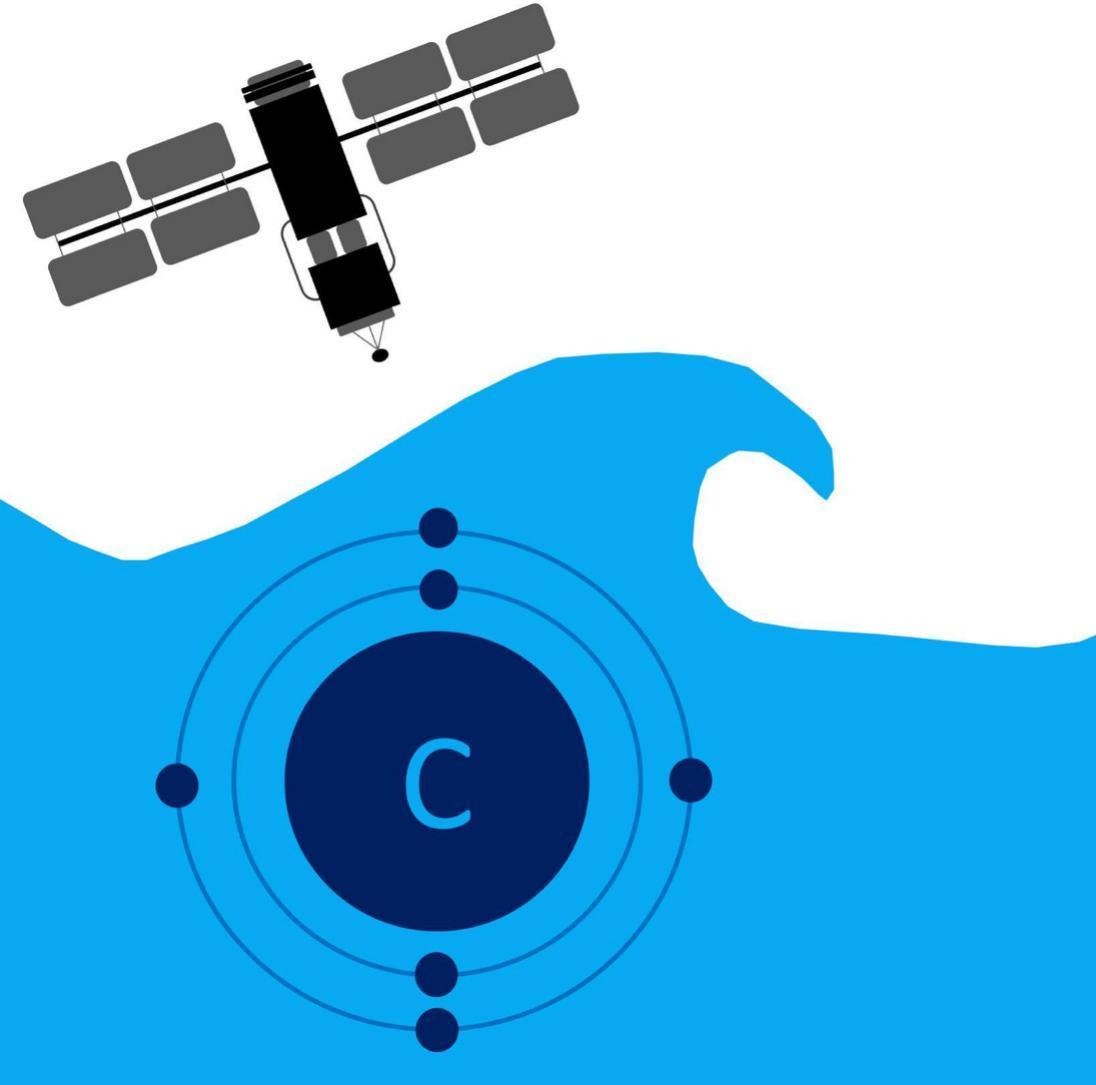As we progress through the 21st century, the health of our planet emerges as a pressing concern. Earth Day, celebrated globally on April 22, provides a vital platform for raising awareness about environmental issues and advocating for sustainable practices.
Earth Day: A Brief History
This content aligns with Goal 3: Good Health. Although HEV 239 vaccine was licenced for use in China in 2011, several steps including prequalification by the World Health Organization are needed to make the vaccine available where it is most needed, in particular for use in large outbreaks in developing countries.




